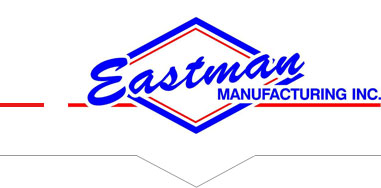A Quick Overview of The Heat Treatment Process
While the microstructures of alloys can be modified through the process of cooling, they can also be altered by subjecting them to various heat treatments with the use of an industrial oven. Heat-treating is the process that refers to all of the controlled heating and cooling operations done on any materials in its solid form for the intention of modifying its original properties and microstructure. While it’s commonly performed on metals, it can also be used on composites and ceramics.
The key objectives of various thermal treatments include the following :
Increase the material’s hardness and strength
Soften it to improve workability
Achieve part dimensional stability
Alleviate undesirable residual stresses incurred during fabrication
Achieve stable properties despite changes during service
Various metals and their alloys respond differently to heat treatment at varying temperatures inside the industrial oven. Moreover, every metal has its own unique chemical composition, which means alterations in their properties happens at different levels of temperatures. Take for example the presence of carbon in a particular metal. Its traces can significantly influence how much time, temperature, cooling rate, and what specific heat treatment method will work best for heating the metal. The structure of the metal can be changed due to different mechanisms, depending on the type of thermal treatment applied to it.
There are so many ways in which metals are heat-treated using an industrial oven and other heat treatment equipment. In the case of heat-treating a copper-aluminum alloy, there are plenty of heat treatment processes that can be applied. These include age hardening, annealing, normalizing, stress relieving, tempering, and quenching. Precipitation heat treatment can also be done which involves a three-step process of age hardening, quenching, and solution treating to increase the hardness or strength of the alloy. Solution treating involves heating the metal alloy to a temperature that places all the elements in solid solution and then cooling very rapidly to freeze the atoms in place.






